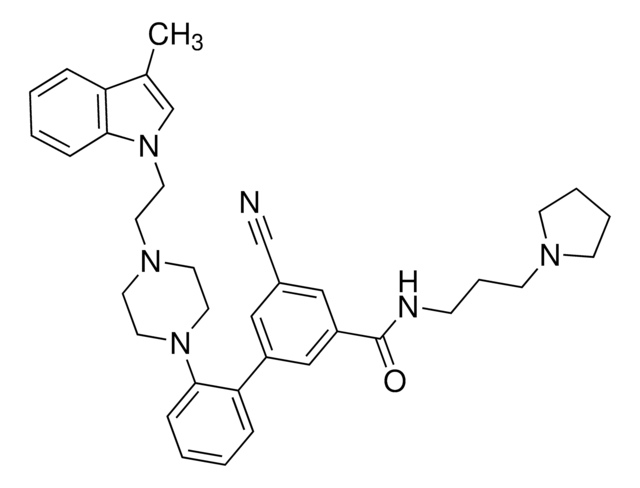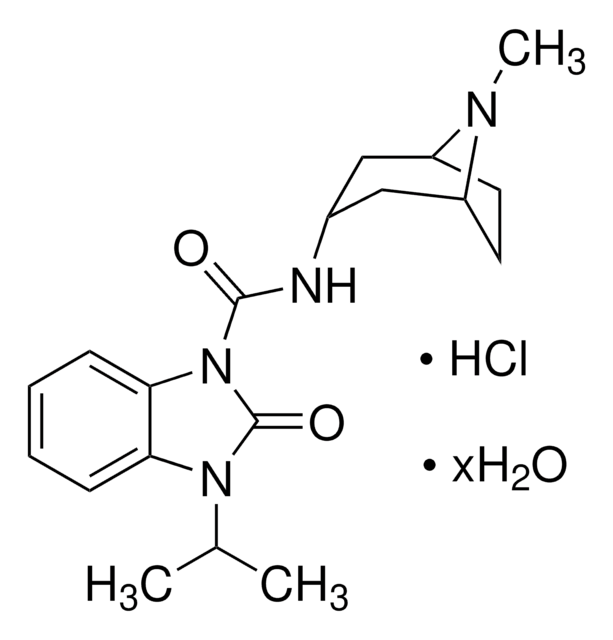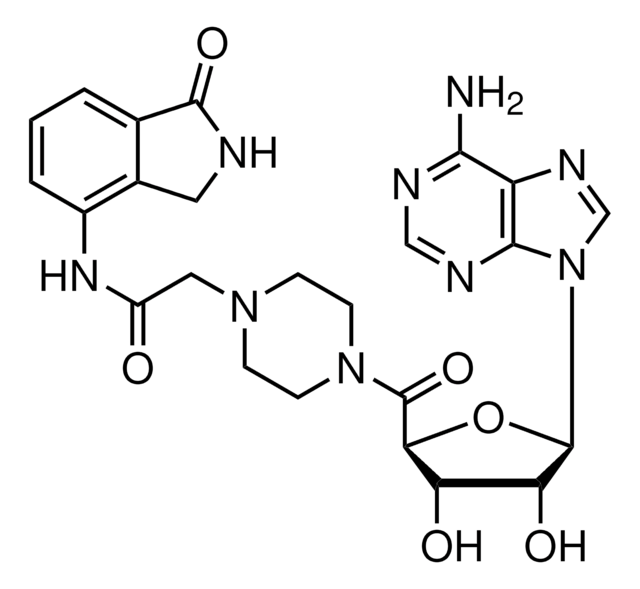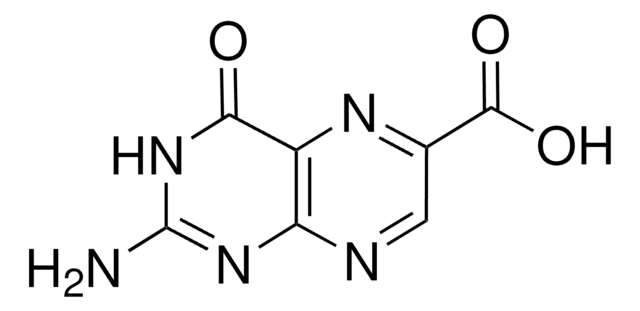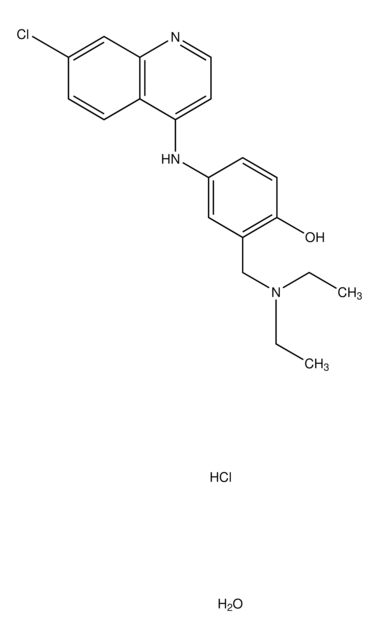Kluczowe dokumenty
B3438
Pyrabactin
≥98% (HPLC)
Synonim(y):
4-Bromo-N-(2-pyridinylmethyl)-1-napthalenesulfonamide, 4-Bromo-N-(pyridin-2-ylmethyl)naphthalene-1-sulfonamide
About This Item
Polecane produkty
Poziom jakości
Próba
≥98% (HPLC)
Formularz
powder
kolor
white to off-white
rozpuszczalność
DMSO: >10 mg/mL
temp. przechowywania
room temp
ciąg SMILES
Brc1ccc(c2ccccc12)S(=O)(=O)NCc3ccccn3
InChI
1S/C16H13BrN2O2S/c17-15-8-9-16(14-7-2-1-6-13(14)15)22(20,21)19-11-12-5-3-4-10-18-12/h1-10,19H,11H2
Klucz InChI
GJSDYQXOSHKOGX-UHFFFAOYSA-N
Zastosowanie
Działania biochem./fizjol.
Hasło ostrzegawcze
Danger
Zwroty wskazujące rodzaj zagrożenia
Zwroty wskazujące środki ostrożności
Klasyfikacja zagrożeń
Acute Tox. 3 Oral - Eye Irrit. 2
Kod klasy składowania
6.1C - Combustible acute toxic Cat.3 / toxic compounds or compounds which causing chronic effects
Klasa zagrożenia wodnego (WGK)
WGK 3
Temperatura zapłonu (°F)
Not applicable
Temperatura zapłonu (°C)
Not applicable
Wybierz jedną z najnowszych wersji:
Masz już ten produkt?
Dokumenty związane z niedawno zakupionymi produktami zostały zamieszczone w Bibliotece dokumentów.
Nasz zespół naukowców ma doświadczenie we wszystkich obszarach badań, w tym w naukach przyrodniczych, materiałoznawstwie, syntezie chemicznej, chromatografii, analityce i wielu innych dziedzinach.
Skontaktuj się z zespołem ds. pomocy technicznej